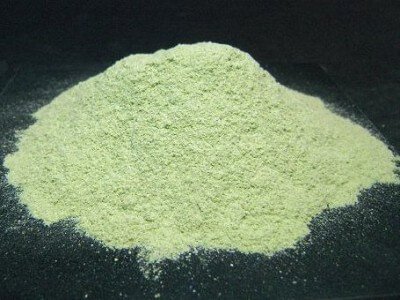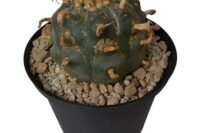- Peyote (Lophophora williamsii) – A small, spineless cactus native to North Eastern Mexico whose name translates from Nahuatl to mean “glisten,” “glistening,” or “divine messenger.” Peyote has a long history of ritual use in native Mexican tribes.
- San Pedro (Echinopsis pachanoi) – A large cactus species native to the Andes Mountains with a history of use in traditional medicines, ornamentation, and spiritual ceremonies.
- Peruvian Torch (Echinopsis peruviana) – A close relative to the San Pedro cactus to which it shares many physical similarities. Similarly, the Peruvian Torch has been harvested and used for its natural mescaline content by natives of the Andes for generations. .................................................
Mescaline is a psychedelic hallucinogen obtained from the small, spineless cactus Peyote (Lophophora williamsi), the San Pedro cactus, Peruvian torch cactus, and other mescaline-containing cacti. It is also found in certain members of the Fabaceae (bean family) and can be produced synthetically.
People have used hallucinogens for hundreds of year, mostly for religious rituals or ceremonies. Mescaline leads to rich visual hallucinations. From the earliest recorded time, peyote has been used by natives in northern Mexico and the southwestern United States as a part of traditional religious rites. It has an effect that is similar to LSD or psilocybin (magic mushrooms), other hallucinogenic drugs.
Some of the most popular mescaline containing cacti are:
| Qty | 1/20z, 2g, 5g, Oz |
|---|





Reviews
There are no reviews yet.